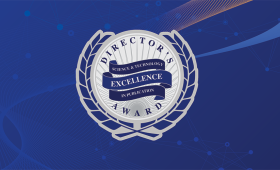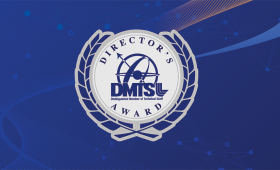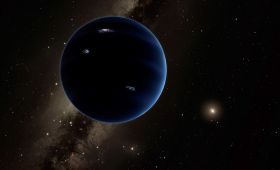Science and Technology
in the News
Science and Technology
in the News
News Center



LLNL researchers have developed a new method to 3D print sturdy silicone structures that are bigger, taller, thinner and more porous than ever before.

LLNL staff scientist Gauthier Deblonde has been named a 2024 “Rising Star“ by the American Chemical Society for his work in environmental science.
LLNL researchers an collaborators conduct a study that represents the first example of using X-ray diffraction to make direct time-resolved measurements of an aluminum sample’s ablation depth.
A team of National Nuclear Security Administration (NNSA) Tri-Lab researchers unveil a revolutionary approach to molecular dynamics (MD) simulations using the Cerebras Wafer-Scale Engine (WSE).
LLNL and collaborators have officially unveiled El Capitan as the world's most powerful supercomputer and first exascale system dedicated to national security.
LLNL and BioVind, LLC attain exclusive licensing of LLNL pathogen diagnostics technology focused on oil and gas applications.

